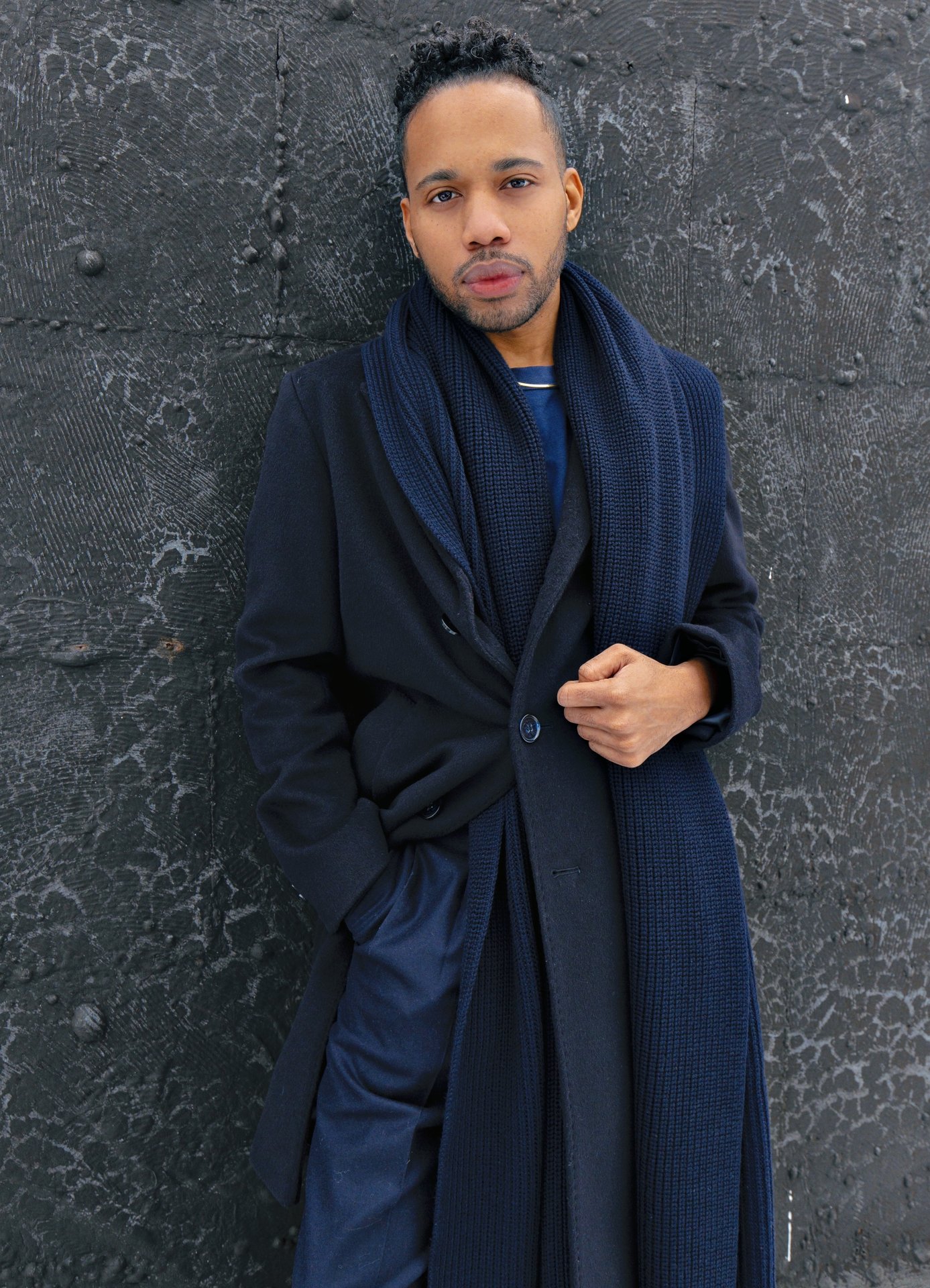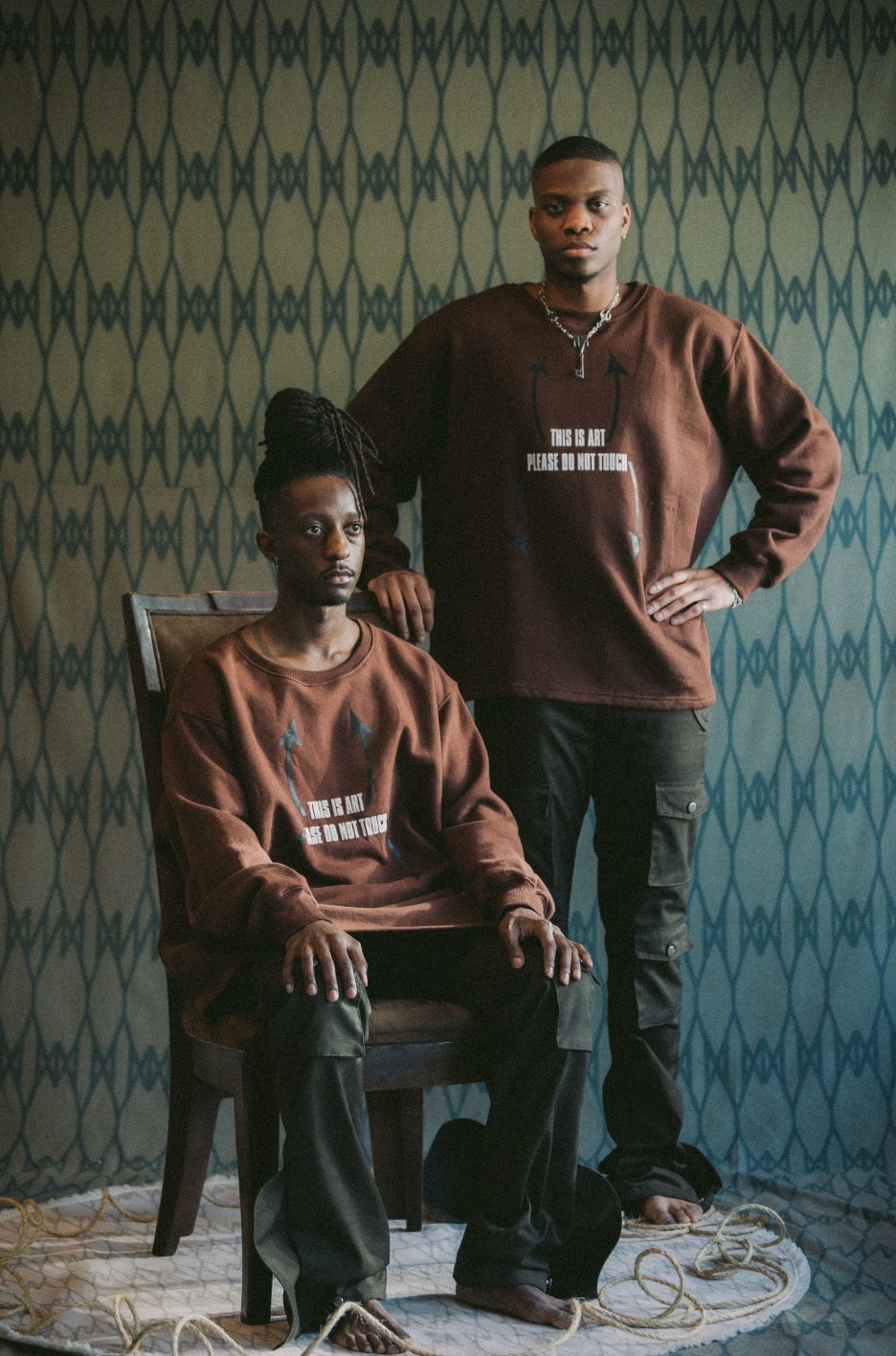I would love to know what motivates you to keep going, especially in such an unforgiving industry.
There’s an element of psychology in public relations that is quite fascinating because here, we are creating an environment to make people feel comfortable and confident. I also love the part of the work that permits me to work with people; collaborating is one of my favorite aspects of the work. When I wake up in the mornings and turn over to check my email, there’s pleasure there; I’m never dreading the fact that my inbox is full.
You’re Black and working in fashion; how has that been for you?
When I decided I wanted to work in this industry, the separation of my blackness and the field I wanted to enter hadn’t crossed my mind. I had no clue that this industry had a racist hitch when I initially set out to pursue this profession. It wasn’t until I began hearing stories and individuals’ declarations that it hit me. With that being said, I feel like there’s “being Black” in every industry that exists, whether that’s tech, fashion, or finance. The root of the problem is also the root of America, and it’s going to be challenging to change the ingrained mindsets of individuals, but it’s something we have to work at every day.
On the concept of inclusion, what are your thoughts on the Diversity, Equity, and Inclusion efforts being pushed forward, and do you believe we’re witnessing a real change, or is it performative?
I’m sure there are equal parts of authenticity and performance in every movement, but what’s most important is that we shine a light on those striving to make an actual change and do the work. I admire people like Lindsay Peoples Wagner, who was doing the work before this movement ever grew to the size that it is now. What’s also important is that the movement has visibility, and we have an opportunity to grow together.
Since it is Black History Month, I would love to know what this month represents for you.
February is a period where this nation centers around Black individuals and our contributions. It’s quite warming to see the influx of African-American content and facts through television and social media. Black History Month is where everyone takes the time to celebrate each other. However, we should be singing each other’s praises outside of February, and really year-round, it shouldn’t be enclosed to a month as we had a major hand in making this country and its economy. This month is imperative for everybody, not merely Black individuals.
What it represents for me is an opportunity for recognition. The Black Lives Matter movement has opened many people’s eyes and has shined a light on many of the hardships Black individuals face. I believe people are paying attention to the inequities in society. Black History Month is another way to highlight that and push for change in all areas of life. It’s a time to learn, educate, and give thanks to those who’ve come before us.
Is there any ancestor of ours you wish you could’ve met and why?
Harriet Tubman. I wish I could have met her so I could’ve had a chance to question and get into her head about how she found the mental fortitude to escape and afterward the courage to go back to help other people escape. We could all learn a lesson about being selfless, doing what’s right and what’s best for everybody. Harriet was taking a risk with her own life by returning, and she proceeded with no regrets.
Are there any Black Designers known or unknown that you would like to bring to the CFDA attention?
Josue Thomas from Gallery Department. He’s an artist/painter based in Los Angeles, and I’m fixated with the pants he creates. Lisi Herrebrugh and Rushemy Botter of Botter Paris; love them and Sunni Dixon of SUNNI SUNNI.
What are some of the things you think the CFDA should do to improve diversity and inclusion?
I think that the CFDA is doing a good job of hiring black individuals. The new president, CaSandra Diggs, is a good example of that and their partnership with the Black in Fashion Council. I think it’s important that if any organization is going to converse with brands about how to hire a more diverse staff and how to be more inclusive, there need to be people of color present. The organization must continue its efforts even after the momentum has died down and stays open to partnering with people of color.
IG (Personal): @_lehomme
IG (Kaleidoscope): @kaleidoscopenyc



